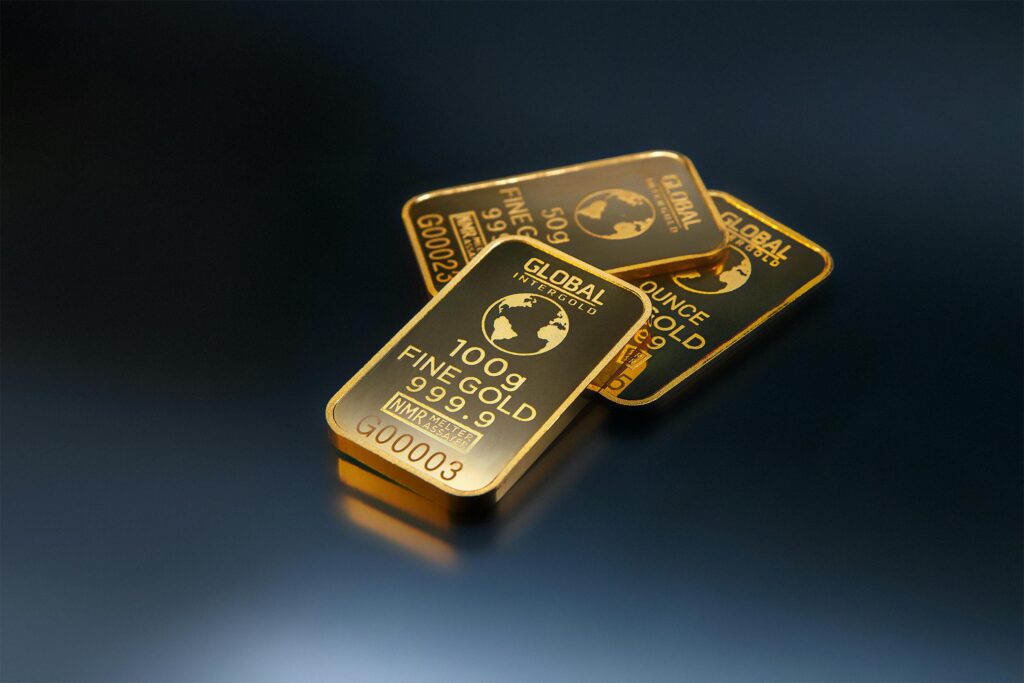- Politics
- Precious Metals Decline
- By Manohar Patil
Gold and Silver Prices Plummet as Iran-Israel Tensions Ease
The global markets are witnessing a notable shift in the prices of gold and silver, with both precious metals decline sharply following the recent ceasefire agreement between Iran and Israel. This immediate reaction underscores the profound influence of geopolitical stability on safe-haven assets, highlighting how de-escalation can trigger a significant sell-off in gold and silver, which often thrive amidst uncertainty and conflict.
The Safe-Haven Allure During Conflict
Historically, periods of geopolitical turmoil, such as the recent escalation between Iran and Israel, tend to propel gold and silver prices upwards. These metals are considered “safe-haven” assets, meaning investors flock to them during times of crisis to protect their wealth from market volatility, currency fluctuations, and economic instability. The fear of a wider regional conflict, particularly in the Middle East, which is critical to global energy supplies, had fueled a considerable surge in gold and silver over the preceding weeks. Gold had even touched record highs, reflecting heightened investor anxiety.
Impact of De-escalation on Gold
The announcement of a ceasefire, confirmed by various international bodies and leaders, has fundamentally altered this market dynamic. With the immediate threat of widespread conflict seemingly averted, the “risk premium” that was built into gold prices has rapidly evaporated. Investors, who had sought refuge in gold, are now rotating out of these non-yielding assets and back into riskier, growth-oriented investments like equities. This profit-booking activity has led to a significant downward correction in gold prices. The market’s focus is now shifting back to macroeconomic indicators, such as inflation data and central bank monetary policies, particularly the US Federal Reserve’s stance on interest rates, which typically have an inverse relationship with gold prices.
Silver's Response to Renewed Stability
Silver, often referred to as “poor man’s gold,” generally follows gold’s price trajectory but also has significant industrial demand. Like gold, silver saw its price boosted by the Iran-Israel conflict as investors sought safety. However, with the easing of tensions, silver has also experienced a notable decline. While its industrial applications might offer some underlying support, the primary driver for its recent surge was the geopolitical fear factor. As that fear subsides, the metal is correcting downwards. Technical analysis suggests key support levels for both metals will be closely watched by traders to gauge potential further declines or stabilization.
The Road Ahead for Precious Metals
While the immediate impact of the Iran-Israel ceasefire has been a sharp fall in gold and silver prices, the long-term outlook remains subject to various factors. Any renewed geopolitical flare-ups, persistent inflationary pressures, or shifts in global economic growth forecasts could once again see investors return to precious metals. For now, however, the market is responding to the alleviation of geopolitical stress, leading to a significant and immediate precious metals decline. Investors are advised to remain vigilant and consider how broader economic trends and any future geopolitical developments could influence these historically significant assets.
Share this Article
WhatsApp
LinkedIn
Telegram
Email
Get Daily Updates to Your Inbox
Subscribe to News Letter
Advertisement


